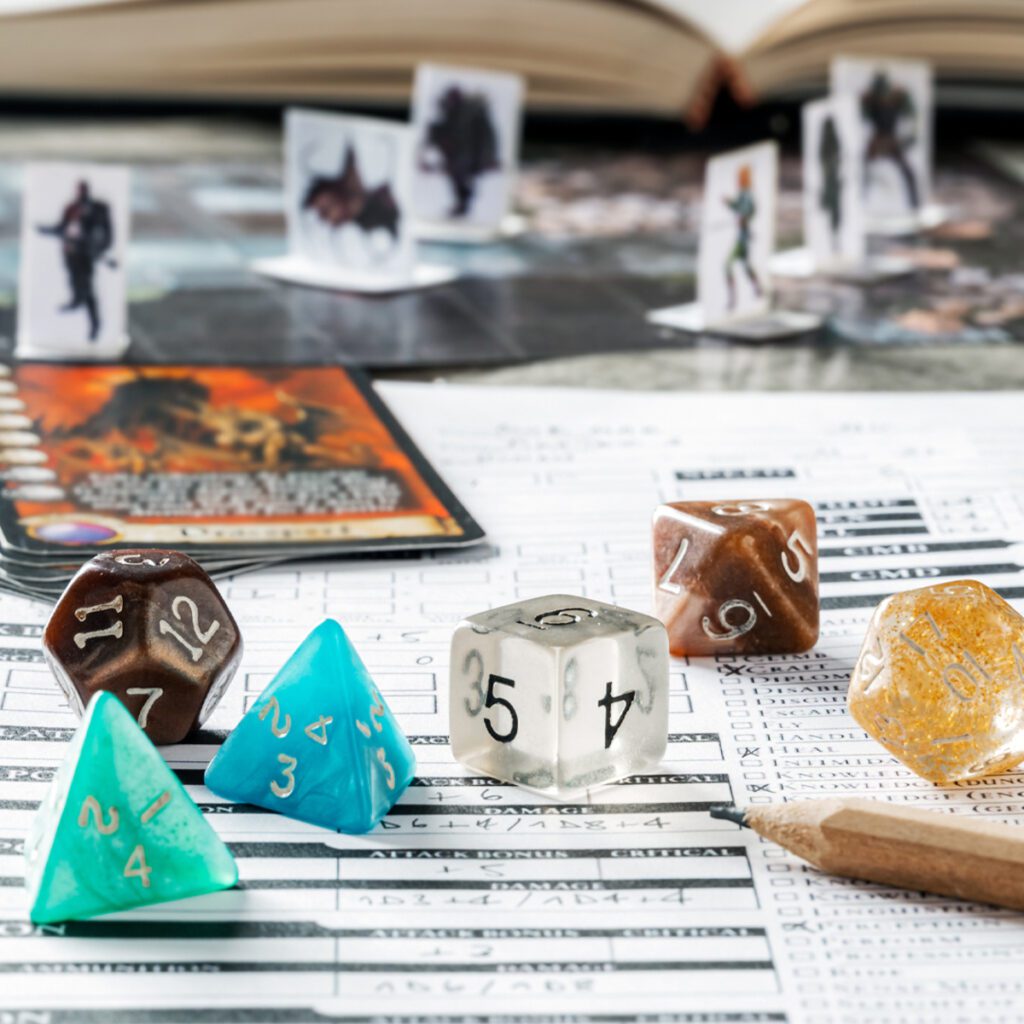Role-playing tabletop games such as Dungeons and Dragons offer players a chance to create their own unique characters and immerse themselves in a fantasy world filled with magic, monsters and adventure. To fully enjoy the experience, it is important to know how to bring your character to life. Creating a backstory, understanding motivations, giving the character a personality, finding their voice, embracing their flaws, collaborating with other players and actively participating in the game are key ways to bring your character to life and truly enjoy the experience.
The Art of Role-playing: Bringing Your Character to Life in Tabletop Games
Role-playing tabletop games such as Dungeons and Dragons, Pathfinder, and Shadowrun have been popular for decades. They offer players the chance to create their own unique characters and immerse themselves in a fantasy world filled with magic, monsters, and adventure. But to truly enjoy the experience, it is important to know how to bring your character to life. Here are some tips for mastering the art of role-playing:
1. Develop a Backstory
One of the keys to bringing your character to life is to create a backstory. Think about your character’s past, their family, their upbringing, and any significant events that have shaped who they are today. This will give you a foundation to build upon and help you make decisions as your character. For example, if your character had a traumatic experience with goblins as a child, they may be more cautious around goblin encounters during the game.
2. Understand Your Character’s Motivations
Knowing your character’s motivations is crucial in role-playing. Why are they on this adventure? What do they hope to accomplish? What drives them? When faced with a decision, think about how your character would respond based on their motivations. For example, a character motivated by greed may be more inclined to steal a valuable artifact, even if it means risking danger.
3. Give Your Character a Personality
Your character’s personality is what makes them unique. Are they outgoing or introverted? Are they confident or shy? Are they quick-tempered or patient? Think about how your character would act in different situations based on their personality traits. For example, a hot-headed character may be quick to draw their sword in a fight, while a more diplomatic character may try to negotiate a peaceful resolution.
4. Find Your Character’s Voice
Whenever you speak in character, it’s important to find their voice. This can be as simple as using a different tone or accent, or even changing your posture or facial expressions. Think about how your character would speak based on their personality and backstory, and try to mimic that in your role-playing.
5. Embrace Your Character’s Flaws
No character is perfect, and embracing your character’s flaws can add depth and complexity to your role-playing. Think about any weaknesses your character has, whether it’s a fear of heights or a tendency to be too trusting. This can create opportunities for interesting storylines and character development during the game.
6. Collaborate with Other Players
Role-playing is a collaborative effort, and working with other players can help you bring your character to life. Listen to what their characters have to say, and respond accordingly. Collaborating with other players can also lead to interesting plot twists and unexpected developments.
7. Actively Participate in the Game
Finally, to truly bring your character to life, you need to actively participate in the game. This means being engaged in the story, interacting with other players, and making decisions based on your character’s motivations and personality. Don’t be afraid to take risks or make mistakes – that’s all part of the fun!
Conclusion
Role-playing tabletop games are a great way to unleash your creativity and immerse yourself in a fictional world. By developing a backstory, understanding your character’s motivations, giving them a personality, finding their voice, embracing their flaws, collaborating with other players, and actively participating in the game, you can bring your character to life and have a truly memorable experience.
